More airflow through a filter means more air changes per hour and an increase in trapped particles. This increase improves overall IAQ, but only works if the filter is designed correctly.
Simply boosting fan airflow without addressing filter size will have the opposite effect as filter bypass and pressure drop both increase, which lowers IAQ. This problem often occurs when a system with a Permanent Split Capacitor (PSC) blower is replaced with a Constant Torque (X13) or Constant Airflow (ECM) blower without filter modifications.
Finally, lower velocity through filters and ducts has the additional benefit of reduced system noise, which directly improves the indoor air environment.
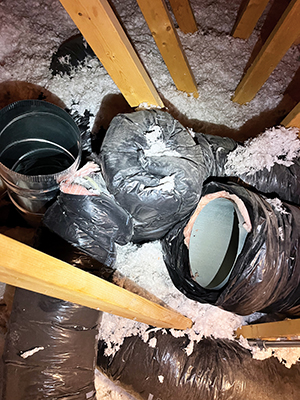
apart to remove a pinch point in the
flexible duct. Then the supply duct
was sealed properly.
Proper Humidity = Comfort and Safety
Relative humidity is another important factor that ties airflow to IAQ. Excess humidity increases the risk of interior surface condensation, property damage, and microbial growth.
Once mold spores are airborne, they directly impact IAQ and the air we breathe.
Increasing fan airflow on an under-performing system increases the total and sensible capacity, but it also reduces the latent capacity. If the system is grossly oversized, higher airflow will reduce runtimes and cause a rise in average relative humidity during the cooling season. While this is not always common, it is important to understand the risk.
Duct Leaks: Returns Pressurize and Supplies Depressurize
Air Upgrades typically reduce system static pressure, which can also reduce duct leakage. Depending on duct location, this can also impact indoor humidity.
- Return leakage in attics or crawlspaces can draw in hot, humid, unconditioned air
- Supply leakage outside the living space, wastes expensive conditioned air, depressurizes the home, and increases infiltration.
HVAC-induced infiltration was first described by John Tooley and Neil Moyer in 1988. They gave it the acronym MADAIR (Mechanical Air Distribution and Interacting Relationships).
While reduced duct leakage can be a positive side effect of improving Total External Static Pressure (TESP), you should never rely on it. Instead, communicate excessive leakage with your customers and recommend duct sealing as a permanent solution.
Returns Circulate More Than Air
Adding a return to a room without one can greatly improve comfort and balance room pressure. Rooms with supply ducts often suffer when the door to that room is closed. The door itself becomes an airflow damper and reduces delivered airflow.
Adding a return to a basement is an easy way to reduce return static pressure and increase fan airflow, but proceed with caution.
The return will draw in basement air which could have consequences that include:
- Back-drafting of natural draft gas appliances
- Efficiency losses from introducing colder basement air
- Increased stack or reverse stack effects
- Increased Radon throughout the home
- Spreading musty basement smells.
Click Below for the Next Page:


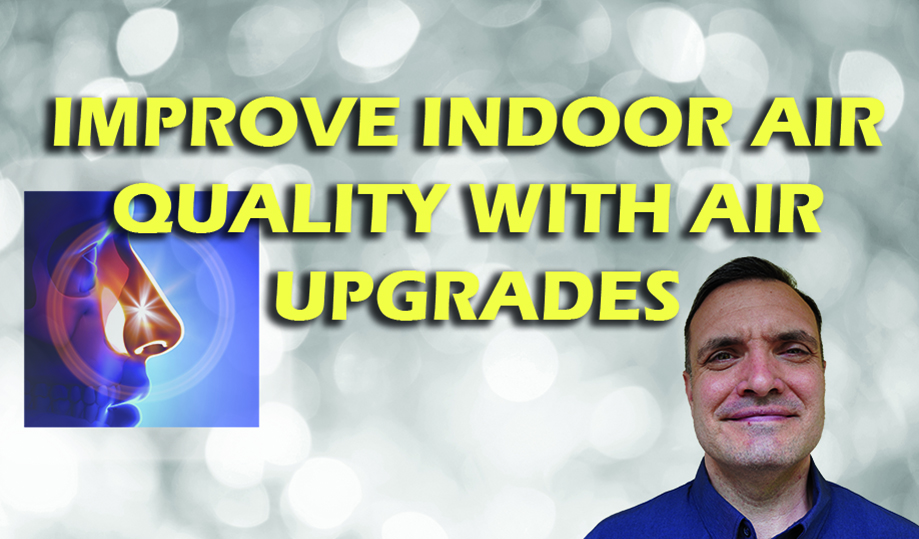
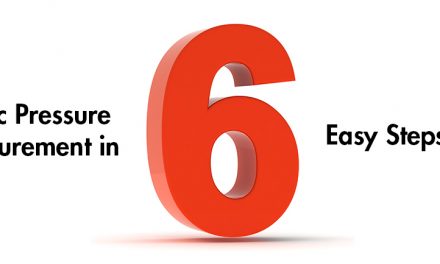
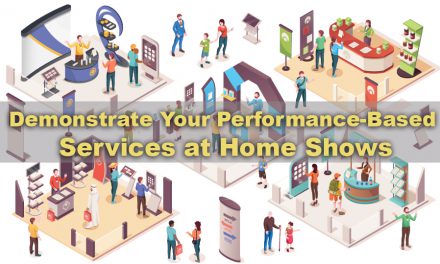
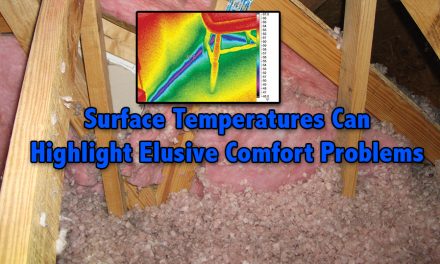







That’s absolutely true, and it’s one of the biggest reasons residential HVAC is such a mess. Manual J (load calculation), D (duct design), and S (equipment selection) are the foundation for correct sizing and comfort. But most homeowners never even hear those words, let alone see a report.
The problem is cultural and economic, not technical. Contractors have been trained—by market pressure to quote fast, not accurately. They rely on “rule of thumb” sizing: one ton per 400–500 sq ft, or “whatever was there before.” That’s cheaper in the short term but it locks in decades of uneven airflow, short cycling, humidity problems, and higher bills.
It’s ironic because the Manual J process doesn’t just size equipment; it exposes the building’s real load, often showing that the house air conditioning system can be downsized a ton or two with basic sealing and insulation improvements. In other words, a proper load calc is both diagnostic and preventative medicine, but it’s rarely prescribed.
The average residential HVAC contractor treats “engineering” as optional — until comfort complaints make it expensive.
The interesting question for the trade is how to re-frame that analysis as a value add, not a cost line. You can’t sell math to a homeowner, but you can sell quieter rooms, balanced airflow, and smaller bills. That’s where the Manual J conversation belongs.
At a minimum customers won’t buy what you don’t offer them.
HVAC needs to match the heat loss of the home in order to have good air flow; I wonder why this never gets mentioned.
We all know why; follow the money.